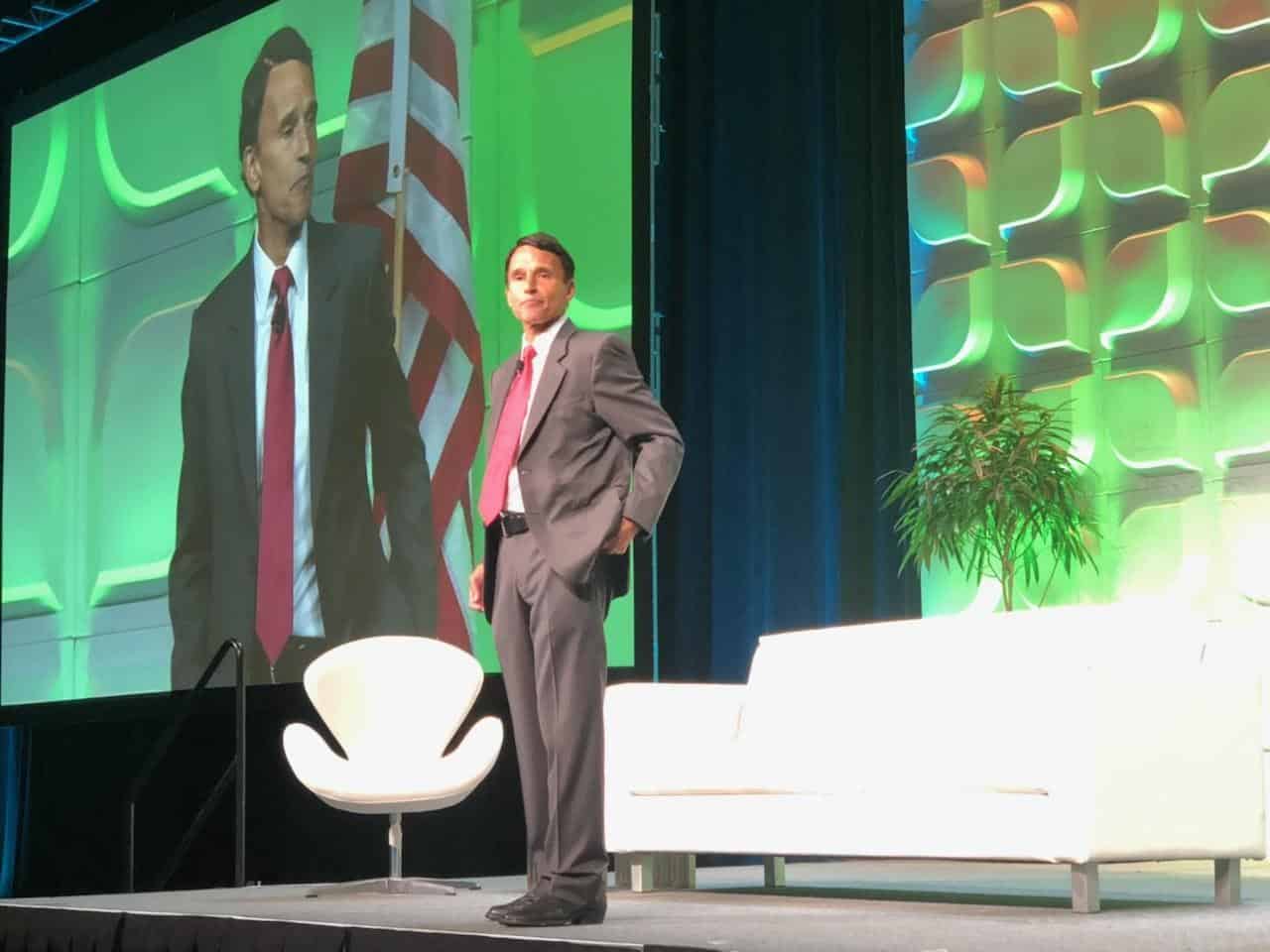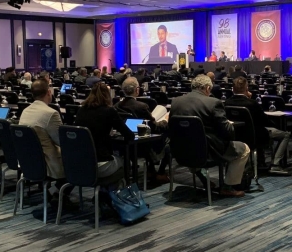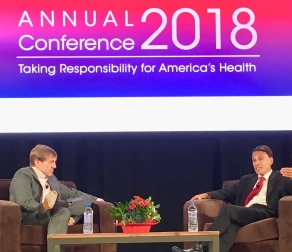The American Society of Plastic Surgeons (ASPS) is the oldest plastic surgery organization in the world. Founded in 1931, the society claims a membership of more than 8,000—including, throughout history, a veritable “who’s who” of reconstructive and cosmetic plastic surgeons. Today, 90% of the board-certified plastic surgeons in the United States are members.
I had the honor of keynoting the opening day of the society’s 88th annual “Plastic Surgery The Meeting” (or #PTSM19) in San Diego.
My talk examined the problems confronting both patients and physicians. Independent studies confirm that the American healthcare system is now the most expensive and least effective in the developed world. As a result, patients in the United States receive a comparatively low-quality of care at incredibly high prices. Physicians, who face innumerable frustrations, report growing fatigue, loss of fulfillment, a sense of inadequacy, and increasing hopelessness—a constellation of symptoms we now recognize as “burnout.”
Burnout has many contributing factors. Some are “systemic.” That is, they are born of a system with an outdated structure, a flawed reimbursement model and last century’s information technologies. Other contributing factors, however, are cultural. Namely, our nation’s stubborn and slowly evolving physician culture is clashing with decades of rapid changes in medical science, data metrics and in our society. Resolving this conflict will prove very difficult.
In general, professional fulfillment in medicine has traditionally come from a combination of autonomy, mastery and purpose—a trio of intrinsic motivators made famous in Daniel Pink’s book Drive. All three have been eroding for the past decade.
Autonomy, marked by the independence to practice without restriction, is declining as the result of nationwide belt-tightening and emerging science. As insurers look to rein in costs, and as the doctor’s wisdom and experience take back seat to evidence-based approaches, physicians feel that they’re being forced to abandon both their intuition and freedom.
Mastery is slipping, as well, not because today’s physicians are any less competent, technically, than their mentors. Rather, increasing specialization and sub-specialization is narrowing the physician’s field of expertise. Once happily the Jacks and Jills of their specialties, physicians are now under pressure to narrow their practice and give up some of the procedures they enjoy doing.
A sense of purpose is what “calls” so many physicians to the profession. But their ability to help and to heal now faces countless obstacles in American medicine. Prior authorizations, endless paperwork and the increasing commodification of healthcare has, for many, eroded the satisfaction of surgeons. Whereas plastic surgeons were once known for their selfless volunteer trips—providing no-cost surgeries to people around the globe—have given way to the soaring demands of daily practice. It has become harder than ever to fulfill the mission of medicine.
Unfortunately, there are no easy fixes for these problems.
Until the cost of healthcare decreases, physicians will face even greater workplace pressures. But plastic surgeons, perhaps more than any other specialty, can lead the way in delivering high-quality surgical care at much lower costs for patients.
Plastic surgery is a unique specialty in that it doesn’t focus on any particular organ system, like the heart or the brain. It doesn’t even claim a single geographic area, such as ear, nose or throat. Instead, the history of plastic surgery is marked by innovations across the canvass of the human body. Almost every reconstructive technique—from micro-vascular surgery to hand and craniofacial surgery—has been pioneered by plastic surgeons. They advanced the medical frontier so fast and so permanently, that there is little more to accomplish in terms of technical innovation.
Instead, I urged the audience to blaze new trails: Create high-functioning surgical teams. Utilize advanced IT solutions. Lead the world in price transparency and payment bundling so that patients can receive the care they need without going bankrupt.
I warned that if the cost of healthcare continues to accelerate at its current pace (5 to 6% annual), which is double the annual growth of GDP and overall inflation—disruption will be inevitable and it will be painful.
I don’t know that everyone in the audience liked this message or will heed the warning. But I believe these are truths the healthcare industry must hear.
I look forward to following my fellow ASPS members and their progress throughout the next year, and seeing what has changed when we reconvene again in San Francisco next year.
* * *
Dr. Robert Pearl is the former CEO of The Permanente Medical Group, the nation’s largest physician group. He’s the bestselling author of “Mistreated: Why We Think We’re Getting Good Health Care–And Why We’re Usually Wrong” and a Stanford University professor. Follow him on Twitter @RobertPearlMD.







